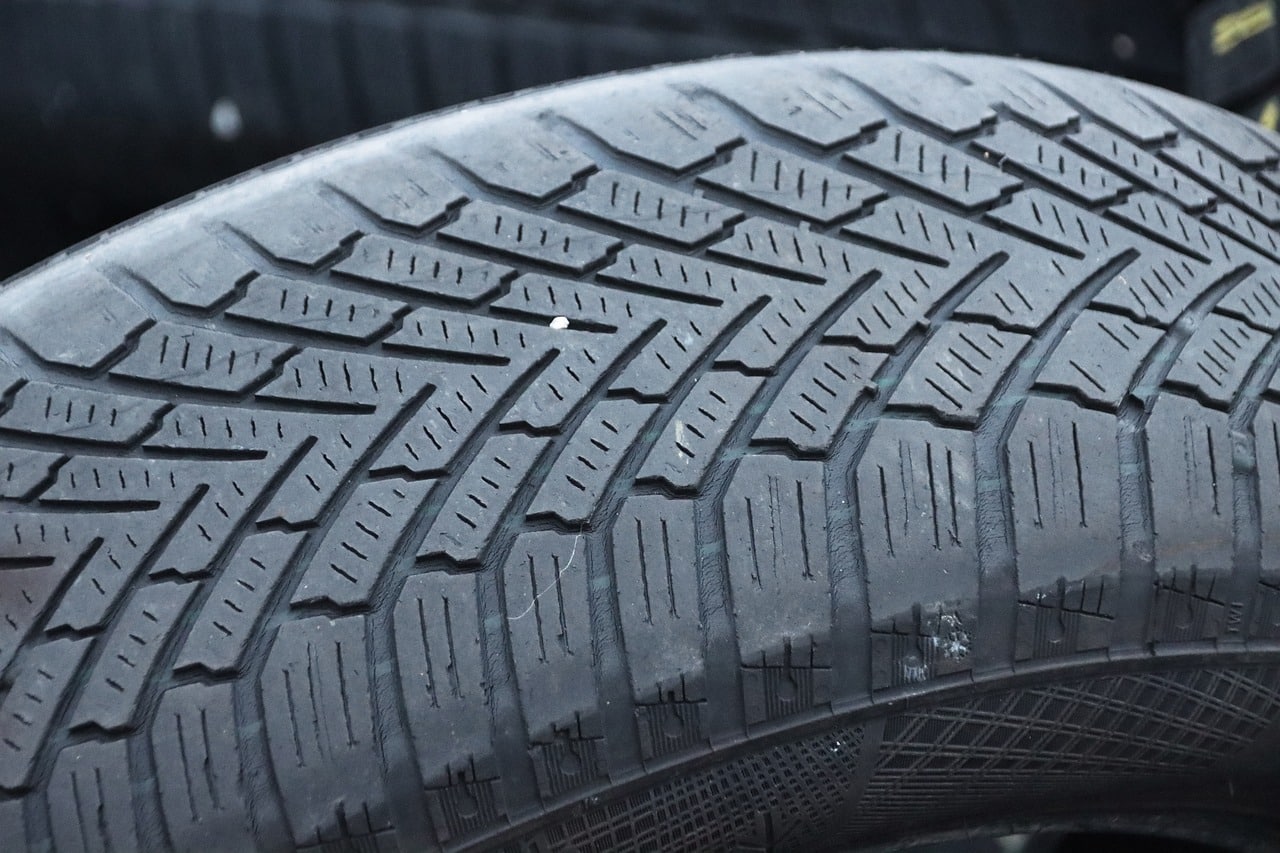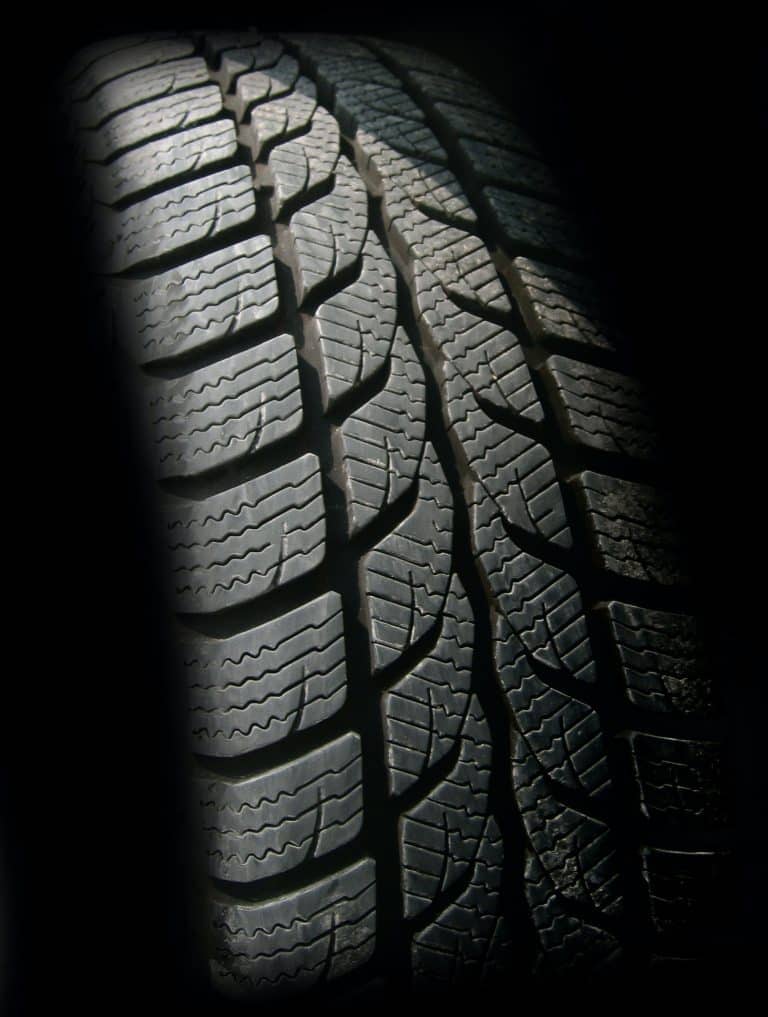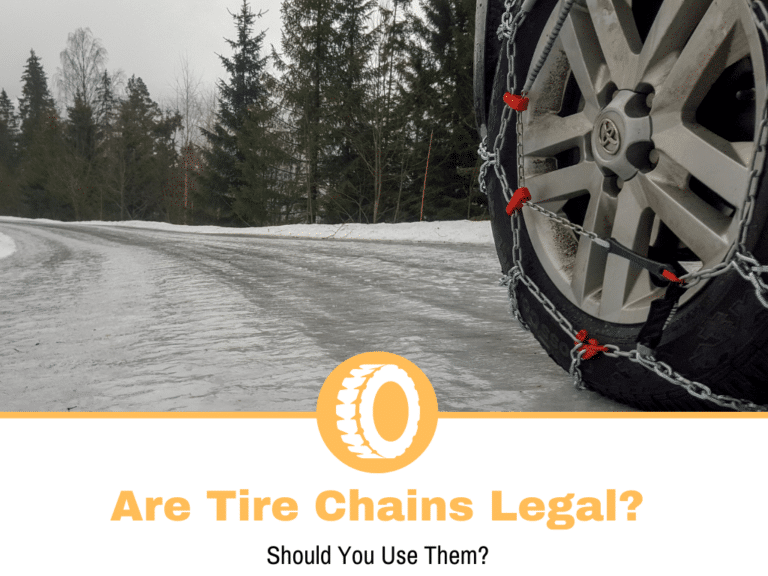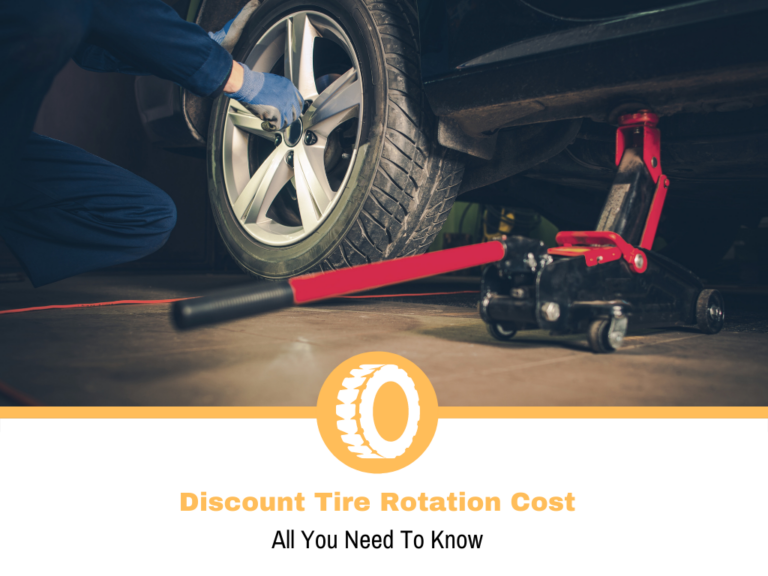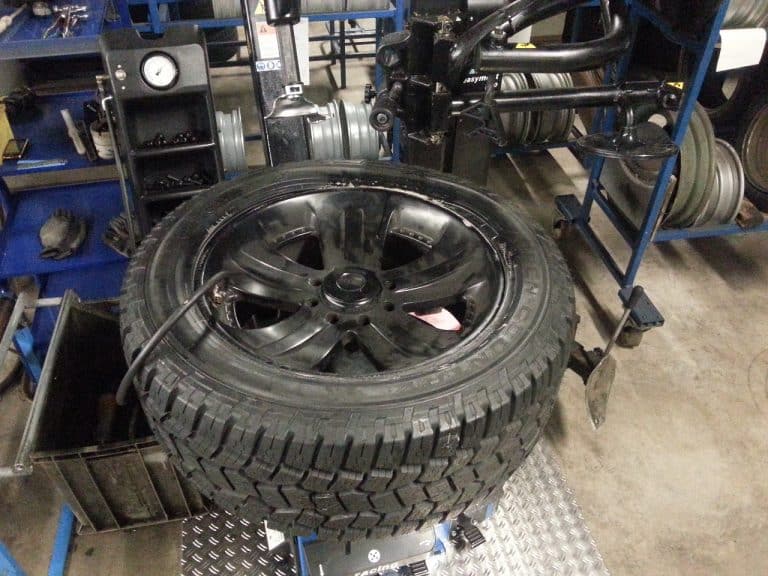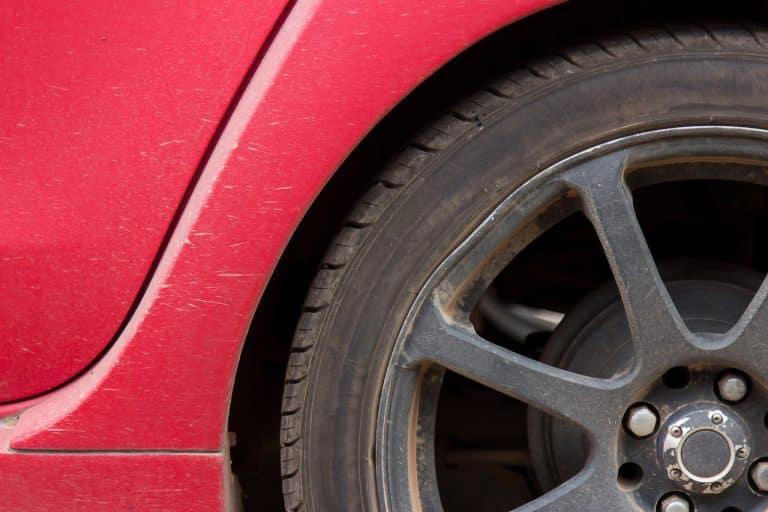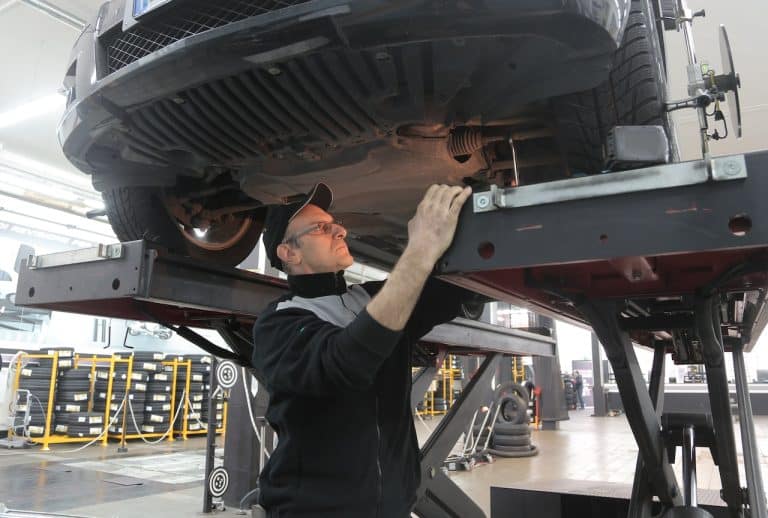Is Siping Your Tires Worth It?
If you know a thing or two about tires, you’re aware that the performance they deliver is a combination of the compound, design, and internal construction. These 3 are a product of several years of development and testing, reaching a stage where the tire performs as intended, at which point it can be sold to the masses.
A while ago, I spoke about tire tread patterns, outlining the key elements of a tire’s design. There are 4 key components, and the one I’ll be talking about today is the sipes.
It’s natural to think that having more is better. Therefore car owners have taken a cue from racing divisions and started siping their own tires in recent years.
With that in mind, the big question is, “is siping your tires worth it?” In this guide, I’ll try to answer that.
Should You Sipe Your Tires?
Siping your tires is a procedure that can help you get some benefits, but it will also cause some issues. On the one hand, you could improve grip and traction on damp roads or on snow and ice, but you will sacrifice some things. Most manufacturers will void the warranty. This happens because, with siping, you’re increasing the chances of having the tire’s lifespan reduced. With summer tires, the wet performance can be a bit improved, but the dry one can take a hit.
What are Sipes, and What is Their Purpose?
When you look at a tire’s design, depending on the type of tire you’re looking at, you’ll see small wavelike lines on the tread blocks. These lines are called sipes, which play a massive role in how the tire performs in certain conditions. You can think of them as tiny papercuts on the tire’s blocks.
The tread blocks are technically the part of the tire that has the grip, but the sipes improve that. Since the blocks are flexible to a certain degree, when the tire rolls, the sipes that are about to touch the road open up and act like little claws delivering more grip. It’s the same with braking, as they help reduce the stopping distances.
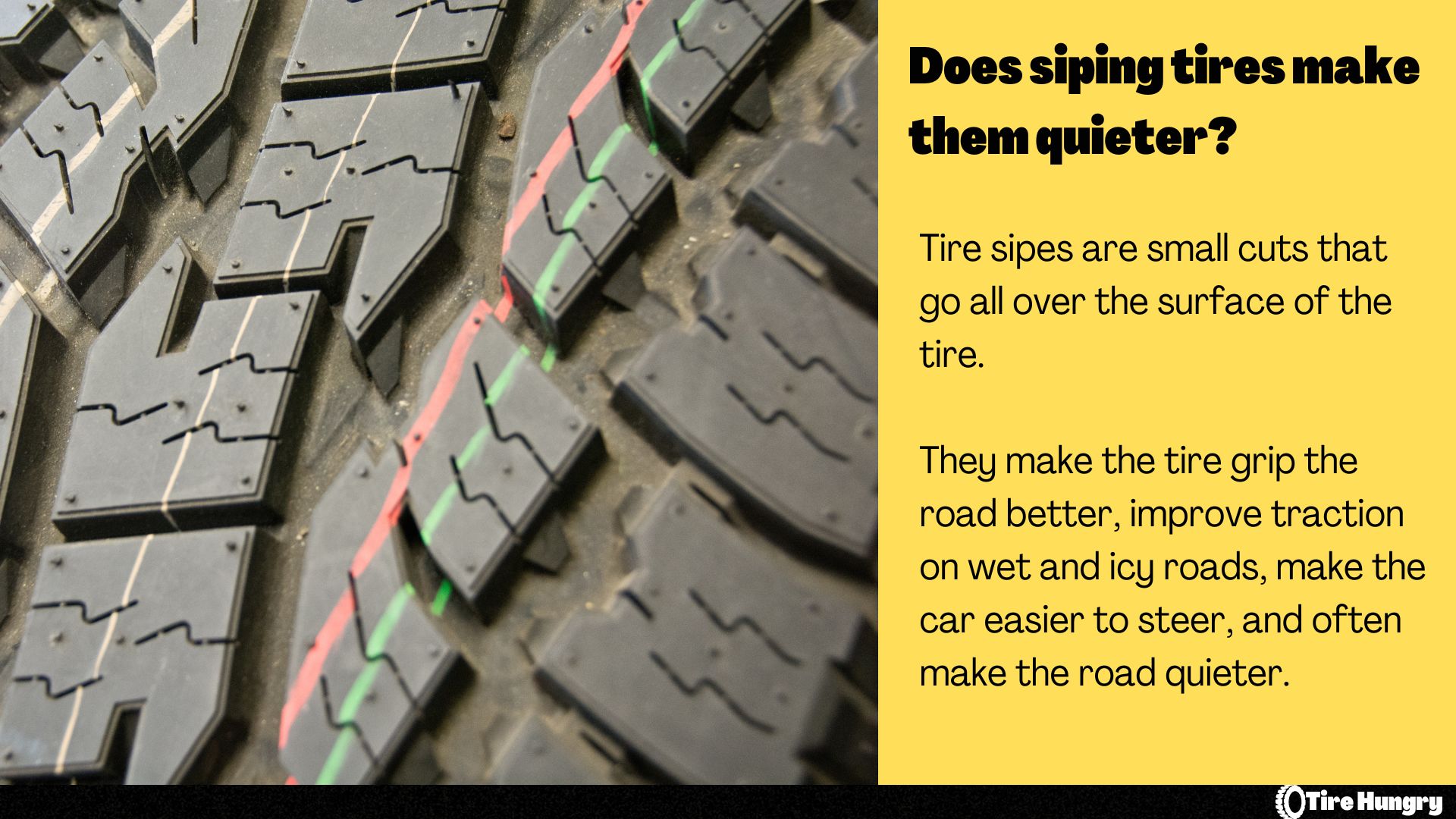
Mostly, sipes play a huge role in damp conditions and help a bit in snowy and icy conditions. The extra grip is always welcomed, and you should take whatever you’re given in these situations.
Another area where they help is with a smooth ride as they soften up some of the minor road imperfections as they open and close with each rotation.
When you look at different tire types, you’ll notice some differences in terms of the sipes. For the most part, summer tires don’t have many of those because the tire relies on a different method to offer grip and revolves around a larger footprint. Sipes are more commonly found in all-season, all-weather and winter tires.
These kinds of tires deliver performance in non-ideal conditions, like damp or ice-covered roads, which is where the sipes help. Since the tread blocks won’t be able to generate enough grip, like in dry and hot conditions, the sipes add more biting force, improving traction, shortening braking distances, and overall improving the tire’s performance.
How are Sipes Made?
The process begins before the tire is made. Manufacturers spend years and millions of dollars researching and developing every tire model. The process usually begins with a specific design that gets tested in a simulation that should give the engineers an idea of how it should perform. Once the design is set, the manufacturing process begins, and the sipes are part of it.
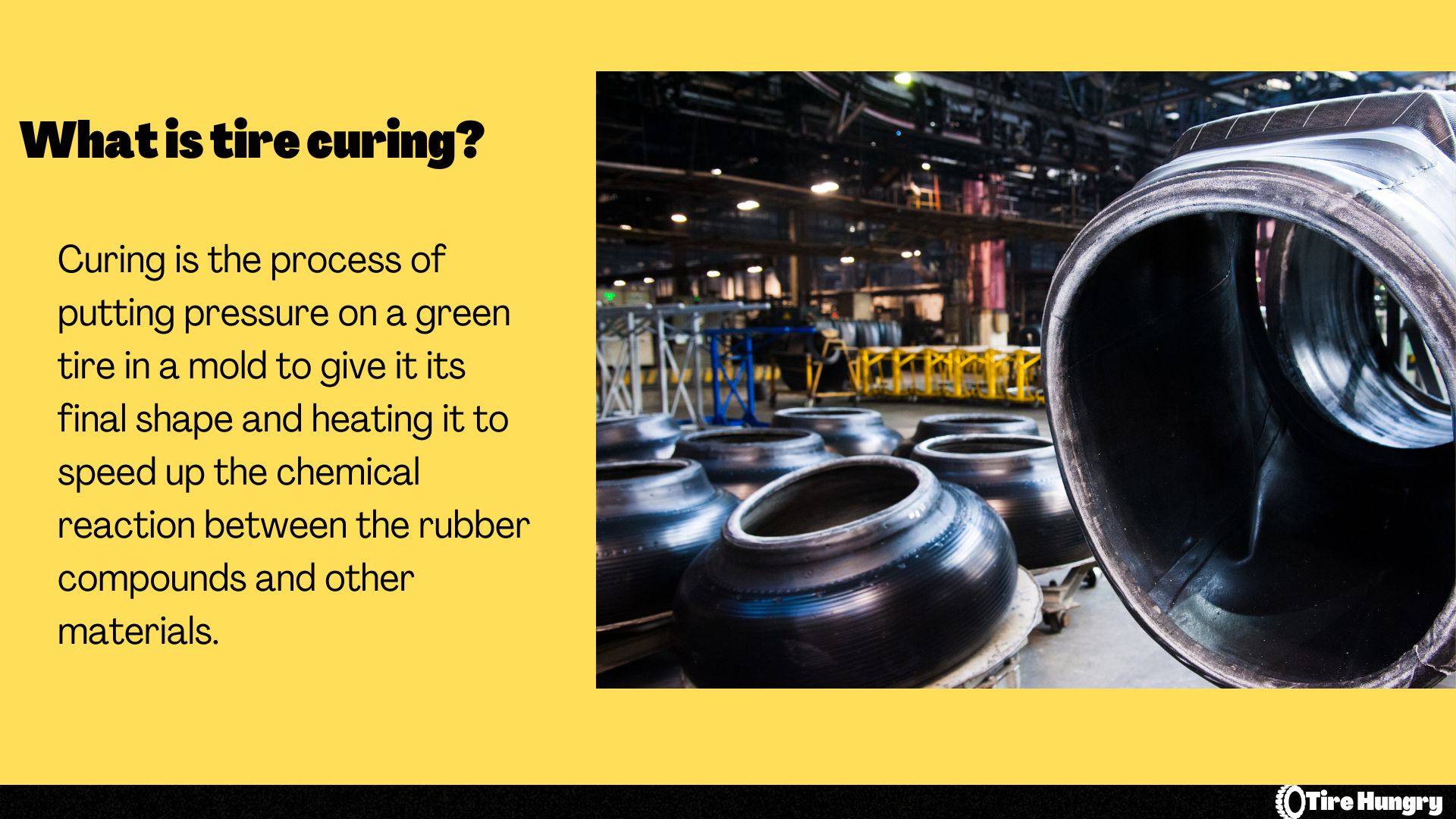
Tire manufacturing is a process of multiple steps and stages, and for the sipes, they are among the last thing that gets “added” to the tire. Once the assembling and partial shaping process is complete, the tire gets sent to curing, where a bladder expands and gets molded based on the manufacturer’s specifications. This is where the tread pattern gets formed, and the sipes are born.
Where Does the Idea of Siping Come From?
The idea of adding sipes to a tire comes from racing, where performance is all you care about. I’ve already explained some advantages of siping, so you have a pretty good idea of why some teams do it. In those situations, drivers will benefit from siped tires, and it’s natural to think that you’d get the same on the road
There are some advantages and disadvantages to siping your tires.
Advantages of Siping Your Tires
The most obvious one is improved performance in non-dry conditions. In most cases, you’d probably be adding additional sipes on summer tires because all-season or winter tires already have them in abundance. Still, there are conditions when you can consider that option.
Starting off with the biggest advantage here is the traction on damp roads. Summer tires aren’t known for being superior in these conditions, so siping your tires will offer some more grip and traction when it’s raining. It may not be an absolute beast on damp surfaces, but it should perform a bit better.
Even though all-season or all-weather tires already have plenty of sipes, I’ve seen some people add more. This adds a bit more traction, but I’m not sure if it’s worth paying for that. The same applies to winter tires.
One situation where you may consider siping is once your tires wear down. Many models on the market today don’t feature full-depth sipes, so as the tire wears down, the depth of the sipes reduces. After a while, you’ll reach a point where you have no more sipes, but the tread depth is still acceptable and within the legal requirements. This is why I often mention that a tire’s performance degrades as it wears down. In these situations, adding sipes to your tires may help you get back some of that lost performance so that you can use them safe-ish for a little longer.
Disadvantages of Siping Your Tires
As I mentioned before, siping your tires may bring improvements in some areas, but will open up a few disadvantages, so you should keep those in mind.
The first one is the treadwear warranty. Most tires come with this kind of warranty, so if the tire wears down too quickly, you can get a replacement or buy a new set at a discounted price, depending on the conditions. The warranty applies to an unmodified tire, and since siping is technically a modification, manufacturers will void your warranty.
The tire’s life can be improved by using sipes designed by manufacturers. This process takes careful planning and development. Adding sipes yourself will have the opposite effect. Since the tire isn’t designed to have the “new” sipes, the movement in the tread blocks will be more pronounced. This will cause more heat generation, reducing the tire’s lifespan.
The sipes are designed to open up and bite into the surface to provide more grip. This is nice for damp conditions, but you may have more problems on a hot summer’s day on a dry road. Adding the sipes will cause more movements in the blocks, so you may have a “softer” tire, but you’ll have one that won’t be as sharp and precise. Also, the generated heat may lead to entire pieces breaking off because the structural integrity isn’t as designed.
For example, summer tires rely on a larger surface area to provide grip in dry conditions. If you take that area and start carving it up, you’ll end up with less, thus resulting in less grip and traction, another setback of siping your tire. We can notice this especially on a hot day when road temperatures are higher.
How Can You Sipe Your Tires?
If you decide you are okay with the drawbacks above and still want to proceed with siping your tires, you have two options. You can take them to a tire shop and have a professional do the job, or you can purchase a kit and do the process at home.
I’d probably prefer to go to a tire shop for multiple reasons. The first one is where a machine will do the siping, we minimize the chances of cutting too deep or doing something wrong. Next up is that the technicians there have a lot more experience than us regular folks.
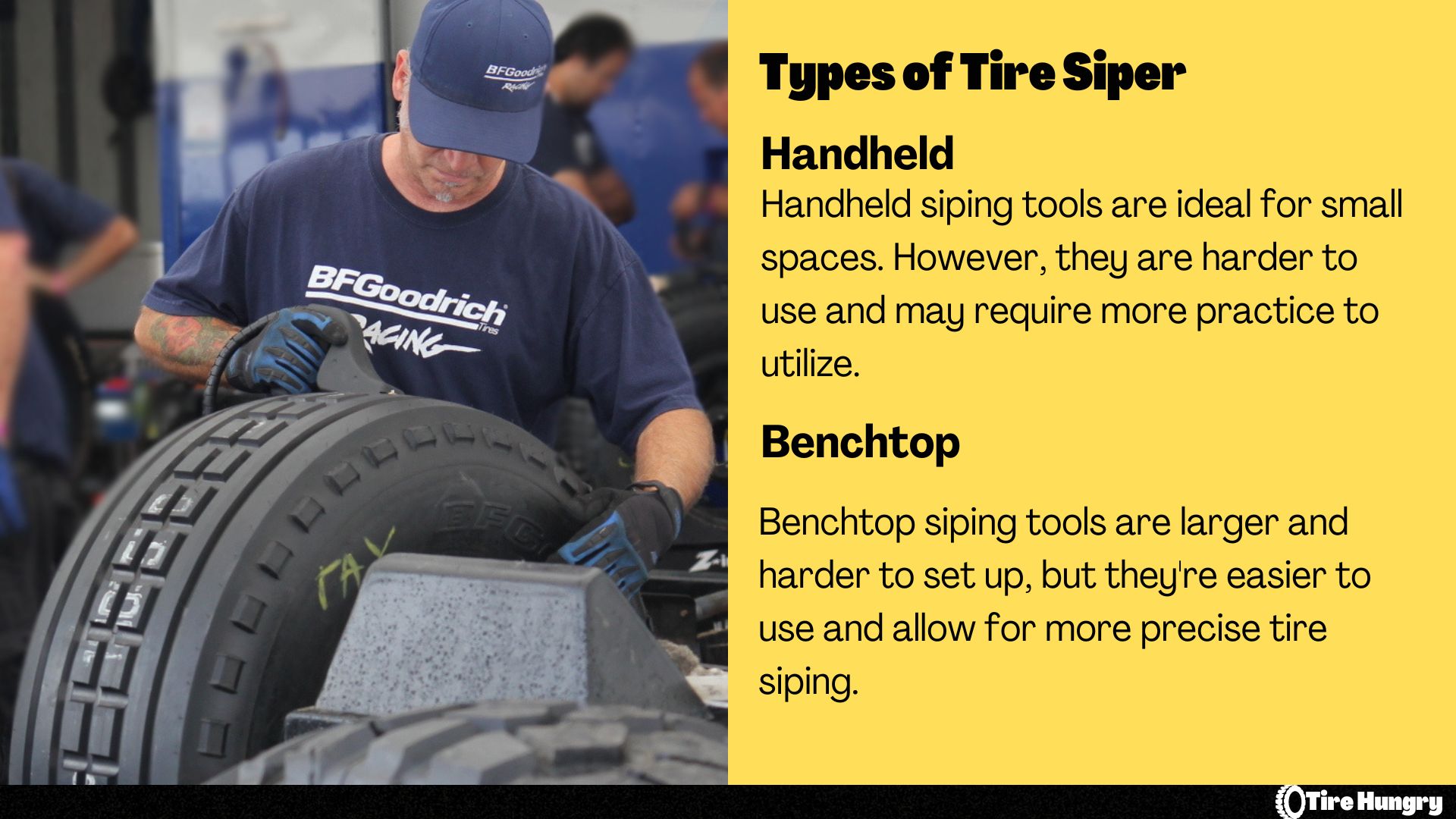
If you’re more of a DIY type of person, then you can find relatively cheap tools to do the siping at home. They come with user guides and can be set to how deep the sipes should be cut, reducing the chances of messing things up, but you’ll still need to rely on your skills to do a decent job.
Is Siping Your Tires Worth It?
Even though I’m against it for multiple reasons, I cannot disregard some advantages siping can bring. You will improve the biting force of your tires, but you will also have a few more “problems” along the way. The only situation where I’d consider this is if I have winter tires with worn down sipes. A good workaround is getting tires with full-depth sipes, so you won’t be sacrificing performance near the end of their life.
With this in mind, I can only justify the improved traction on damp roads, which is a big plus, especially for summer tires. With that said, you will be sacrificing dry performance and longevity a bit, so technically, you’re making an all-season tire, at least as far as performance is concerned.
I can understand why people would side their tires, I still wouldn’t recommend the process. You need to be aware of the drawbacks before you consider doing it.
